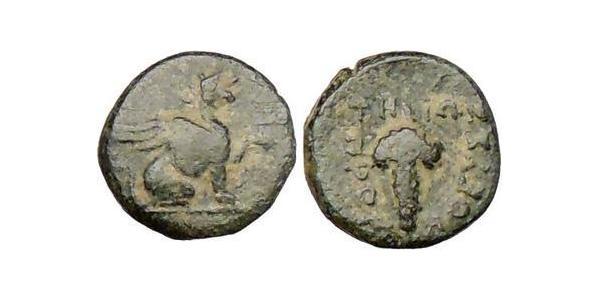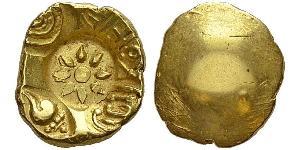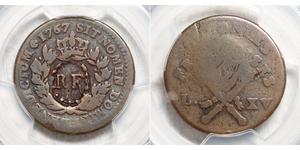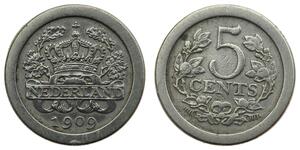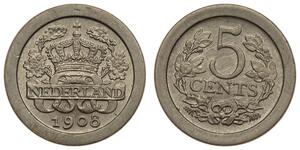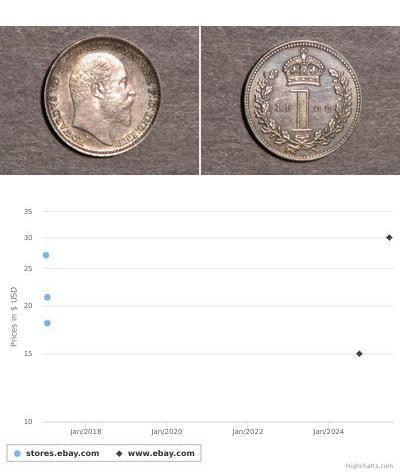[ 3296] Authentic Ancient Coin of: Greek city of Teos in Ionia Bronze 13mm (2.07 grams) Struck circa 3rd century B.C. Griffin seated right, left forepaw raised. Bunch of grapes, THIΩN and magistrate's name around. A coastal city north-west of Ephesus, Teos was abandoned circa 544 B.C. when the Persians became masters of Ionia and the Teians migrated to Thrace, where they founded Abdera. After several years many of the settlers returned to the mother-city and Teos remained a place of some importance through to Roman times. The city boasted a splendid temple of Dionysos, in the Ionic style, by Hermogenes. Provided with certificate of authenticity. CERTIFIED AUTHENTIC by Sergey Nechayev, PhD - Numismatic Expert The griffin, griffon, or gryphon (Greek: γρύφων, grýphōn, or γρύπων, grýpōn, early form γρύψ, grýps; Latin: gryphus) is a legendary creature with the body of a lion and the head and wings of an eagle. As the lion was traditionally considered the king of the beasts and the eagle was the king of the birds, the griffin was thought to be an especially powerful and majestic creature. The griffin was also thought of as king of the creatures. Griffins are known for guarding treasure and priceless possessions. Adrienne Mayor, a classical folklorist, proposes that the griffin was an ancient misconception derived from the fossilized remains of the Protoceratops found in gold mines in the Altai mountains of Scythia, in present day southeastern Kazakhstan. In antiquity it was a symbol of divine power and a guardian of the divine. Some have suggested that the word griffin is cognate with Cherub. Teos (Greek: Τέως) or Teo was a maritime city of Ionia, on a peninsula between Chytrium and Myonnesus, colonized by Orchomenian Minyans, Ionians, and Boeotians. The city is situated on a low hilly narrow strip of land connecting two larger areas of land (isthmus). Teos ranked among twelve cities comprising the Ionian League. It was a member of the Lydian group of the Ionian League, one of the four groups defined by Herodotus, based on the particular dialects of the cities. It was the birthplace of Anacreon the poet, Hecateus the historian, Protagoras the sophist, Scythinus the poet, Andron the geographer, and Apellicon, the preserver of the works of Aristotle. Teos was a flourishing seaport with two fine harbours until Cyrus the Great invaded Lydia and Ionia (ca. 540 BC). The Teans found it prudent to retire overseas, to the newly founded colonies of Abdera in Thrace and Phanagoria on the Asian side of the Cimmerian Bosporus. The port was revived by Antigonus Cyclops; and Epicurus reportedly studied there under Nausiphanes, a disciple of Democritus. During the times of the Roman emperors, the town was noted for its wine, a theatre and Temple of Dionysus. These are positioned near the acropolis, which is situated on a low hill and had fortifications by the sixth century. A shipwreck near Tektaş, a small rock outcrop near Teos harbour, dates from the Classical period (around the sixth to the fourth centuries BC) and implies trading connections by sea with eastern Aegean islands. The modern village of Sığacık is situated close to the ruins of Teos. The interior of what was previously the city has now been intensively farmed, which makes it difficult to excavate the site. Through ploughing, pottery has been brought to the surface of the earth, which has been collected through archaeological survey. Vitruvius (vii, introduction) notes Hermogenes of Priene as the architect of the monopteral temple for Father Bacchus at Teos. Payment & Shipping: Will accept payments via PayPal. = MM_contentVersion;
}
else if (navigator.userAgent && navigator.userAgent.indexOf("MSIE")>=0 && (navigator.appVersion.indexOf("Win") != -1)) {
document.write('\n');
document.write('on error resume next\n');
document.write('MM_FlashCanPlay = ( IsObject(CreateObject("ShockwaveFlash.ShockwaveFlash." & MM_contentVersion)))\n\n');
}
if ...
Mehr...

|
Beigetragen von:
anonymous 2015-08-19 |
Similar Coin Groups
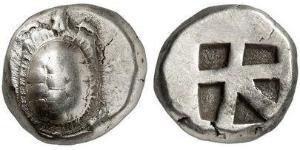
1 Stater Antikes Griechenland (1100BC-33 ...
Diese Gruppe hat 16 Münzen / 6 Preise
Add coin to this group

5 Mark Deutsche Demokratische Republik ( ...
Diese Gruppe hat 2 Münzen / 1 Preise
Add coin to this group

10 Mark Deutsche Demokratische Republik ...
Diese Gruppe hat 9 Münzen / 9 Preise
Add coin to this group

2/3 Thaler Fürstentum Ansbach (1398–1792 ...
Diese Gruppe hat 7 Münzen / 6 Preise
Add coin to this group
2025-05-25
- New coin is added to 5 Cent Niederlande
5 Cent Niederlande
Diese Gruppe hat 11 Münzen / 8 Preise
⇑
Netherlands - 5 Cents 1908 - Wilhelmina
2025-06-14
- Historical Coin Prices
Das könnte Sie auch interessieren:

